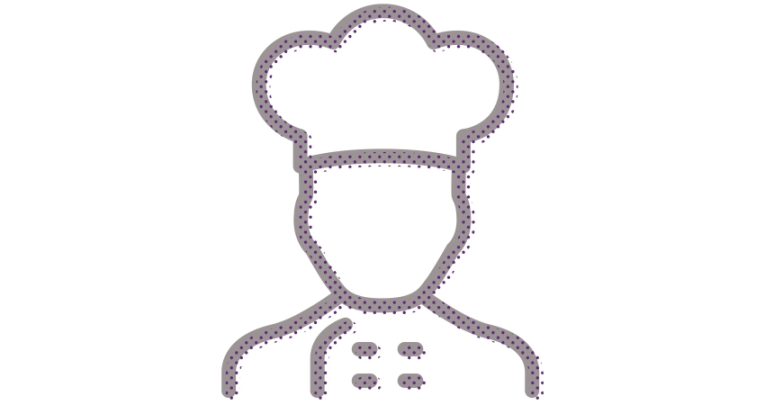School food – What bad lunches tell us about outsourcing

Media reports of shoddy school dinners speak to far wider issues that relate to outsourcing, nutrition and educational inequality…

- by Melissa Benn

“How difficult is it to bake a potato?”
An angry headteacher posed this unusual question on X (formerly Twitter) in March 2024, despairing at the ‘completely unacceptable’ quality of school food served at his secondary school.
In a subsequent letter to parents, Jason Ashley, head of Redbridge Community School in Southampton, criticised the shrinking portions and rising costs of the school dinners served to his students.
He added that he had no control whatsoever over the private company, Chartwells, that had been contracted to supply the meals.
In response, Chartwells apologised for what it suggested had been a brief, atypical lapse in its standards of service – to which Ashley expressed his lack of trust in the company to mend its culinary ways.
Stark contrasts in school food
Ultimately, however, Ashley is powerless. Under the terms of the private finance initiative (PFI) contract agreed on the school’s behalf by Southampton Council, a separate management company is responsible for recruiting specialist service providers for a range of needs at the school, including catering.
That wasn’t the end of the story, though. Soon after, it was revealed that the company delivering those unappealing beige meals to Southampton state school students was also supplying top private schools with a very different menu.
According to the Daily Mail, Chartwell Independent – a separate wing of the same company – offers an array of nutritious and delicious school food to privately educated students. This includes a a ‘soul bowl’ concept that lets students pick “from a wide array of healthy proteins, fresh vegetables and carbohydrates”.
At another private school in Cambridge, the company’s offering extends to “Southern-fried oyster mushrooms, sushi and moules marinières.”
Given all this, it’s hard to disagree with school food campaigner Andy Jolley. The Mail’s coverage quoted him as saying, “The gourmet food served to the elites in private schools is in stark contrast to the ultra-processed, mass-produced food that’s cooked to a budget.”
Jolley further observed that given how school lunches could be, “the only hot meal some children will have, it’s simply not good enough.”
Unbreakable terms
This depressing story highlights several deep problems within our society – not least the seemingly unstoppable rise of cheap, often ultra-processed foods.
These are easy to buy or assemble and immediately appealing to the palate, but perpetuate the ongoing issue of childhood obesity, particularly among the poor.
Nearly two decades ago, chef Jamie Oliver tried drawing attention to the issue with his documentary series Jamie’s School Dinners. This vividly showed how school really is often the only chance many children have to experience fresh, well-cooked, truly tasty food.
At the time, Oliver’s crusade made clear the limitations of relying on enlightened entrepreneurs to resolve deep-rooted issues across public services and society at large.
They tend to make a big initial splash, and can sometimes bring about a short-lived difference, but will rarely shift the underlying culture.
In this case, we can look to the often overlooked, but seemingly unbreakable terms of PFI contracts. These, it would seem, hold a far greater power over children’s diets than the widely-publicised culinary activism of popular media personalities.
The profit motive
The story also illustrates the many dimensions of educational inequality. Walking through a small Midlands town recently, I noticed an art gallery at the end of a row of Georgian shop fronts.
It was a space entirely devoted to the display (and sale) of artworks by children attending the local private school, where fees nudge £30,000 per year.
The rich, it seems, don’t just get more beautiful buildings, smaller classes, greater extracurricular opportunities and chances to market their work. They’re also far better fed.
Understandably, Jason Ashley is in favour of bringing his school’s catering back in-house. He wants to see good, old fashioned catering staff serving up delicious, hand-cooked meals that can whet the appetites – and culinary interests – of those depending on that one daily meal for their nutritional needs.
However, so long as the profit motive sits at the heart of our children’s school dinner experiences, we can expect those who have the least to be fed the least well. This continues the spiral of inequality and deprivation that so bedevils our country.
Melissa Benn (@Melissa_Benn) is the author of Life Lessons: The Case for a National Education Service. She is also a Visiting Professor at York St John University







